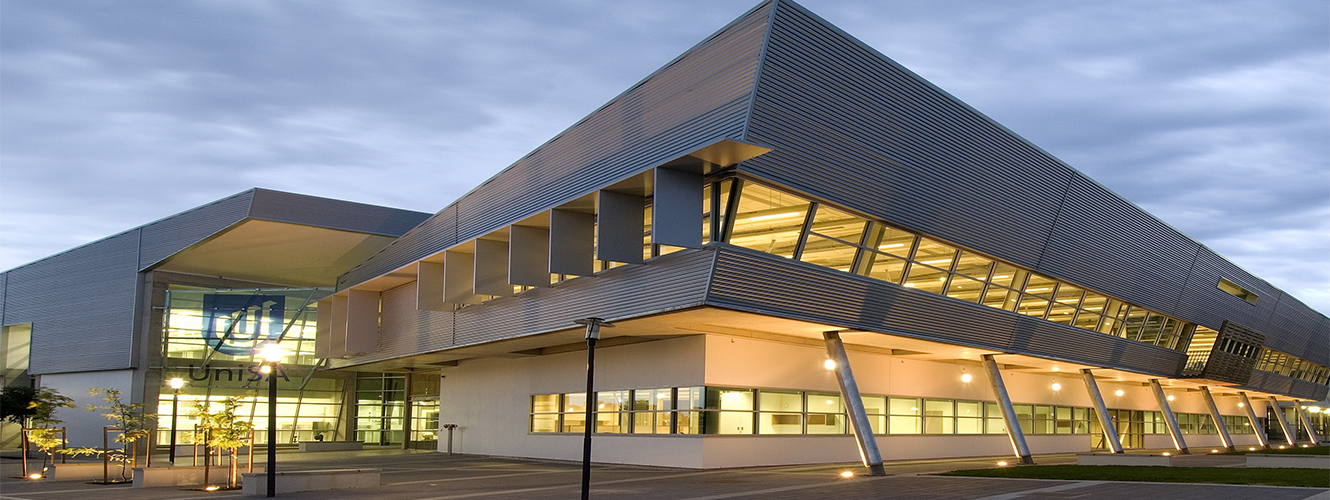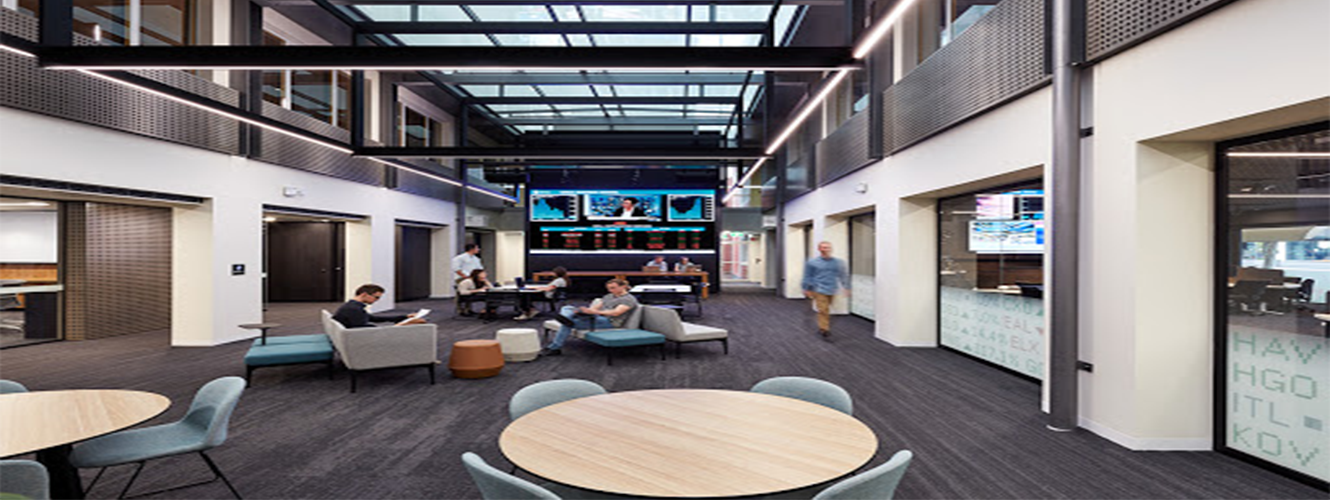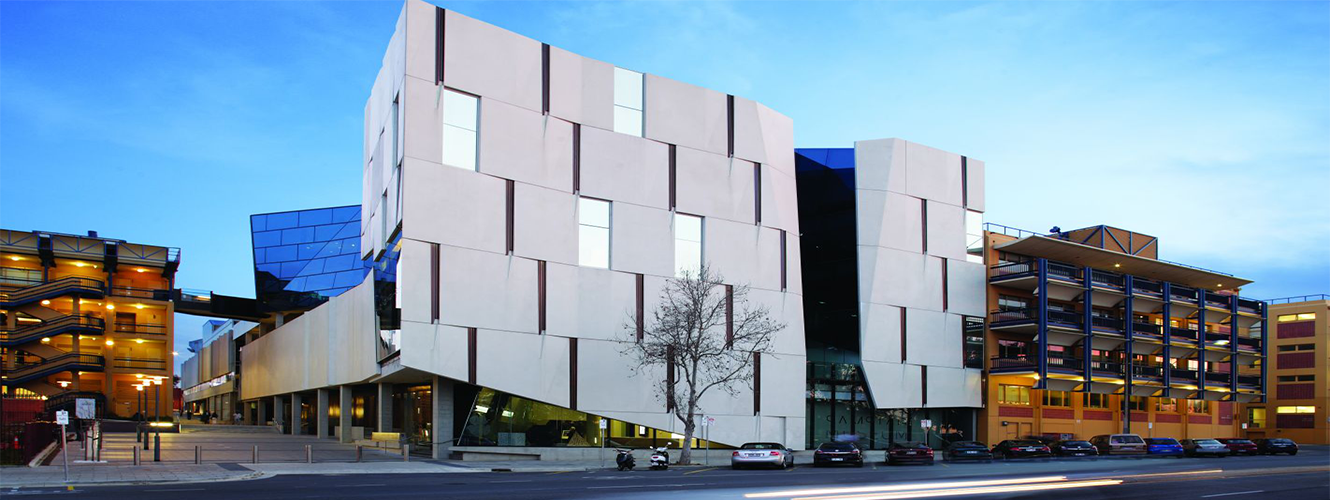AU32 Bachelor of Engineering (Honours) (Electrical and Mechatronic) University of South Australia
-
THÔNG TIN CHUNG
Position yourself at the forefront of technology, where mechanical and electrical engineering, and computer science combine.
In this degree you will explore robotics, machine tool control, medical diagnostics and prosthetics and automated guided vehicles. Graduate career-ready by completing the UniSA STEM Professional Practice Program and gain at least 450 hours of skills and competencies through a range of engagement activities such as placements, internships, guest lectures, industry panels, site visits, networking and events.
We’re one of Australia’s leading universities for Engineering research.1 Our leading researchers will be your teachers and everything you learn will be supported by our research excellence.
1 UniSA’s Engineering research rated well above world-class – 2018 Excellence in Research for Australia (ERA)
What you'll learn
In your first year you will develop a strong general foundation in engineering. As you advance in your studies you will explore the generation, transmission, distribution and utilisation of electrical energy, along with the design, control and integration of electromotion devices. Our UniSA STEM Professional Practice Program allows you to apply the skills and knowledge you've acquired throughout your degree in real-world settings.
At least half of the honours year involves a major project. Armed with new knowledge and skills, using state-of-the-art design tools, and mentored by engineering academic staff, our honours students develop innovative products to advance technology.
-
CƠ HỘI NGHỀ NGHIỆP
To be a successful electrical and mechatronic engineer, you should be able to design, innovate, communicate, and identify and solve problems. Careers to consider:
- Mechatronic device designer and development engineer: designing machinery with electronic and computer control systems, such as power generators, mining and chemical plant machinery, aircraft, robots, motor vehicles or cameras; developing high-technology engineering systems that automate industrial tasks
- Wind turbine field technician: maintaining wind turbines and surrounding facilities paying particular attention to industry and job safety regulations; changing filters and other parts on a regular schedule; working with hazardous chemicals and heavy machinery exclusive to the industry
- Renewable energy engineer: working in the renewable energy sector on wind, solar, remote hybrid, energy storage or alternative energy solutions; designing and delivering commercial and community projects
- Electrical engineer: developing equipment for aerial navigation and communications; working with radar, radio, computers, wire communications systems, and other electronic devices; performing maintenance, troubleshooting, repairing, and replacing malfunctioning equipment
Professional accreditation and recognition
This program is professionally accredited by Engineers Australia and is designed to meet the requirements for graduate membership of Engineers Australia and comparable international institutions.
- ĐIỀU KIỆN ĐẦU VÀO
- ĐIỀU KIỆN NGÔN NGỮ
- HỌC BỔNG
- ĐỊA ĐIỂM
Tóm tắt
-
Phí ghi danh
0
-
Độ dài khoá học
4 năm
-
Kỳ nhập học
Tháng 2
Tháng 7
Phí Cơ Bản
-
Loại Tiền
-
Học Phí
Trên năm -
Phí Sinh Hoạt
Trên năm -
Tổng






